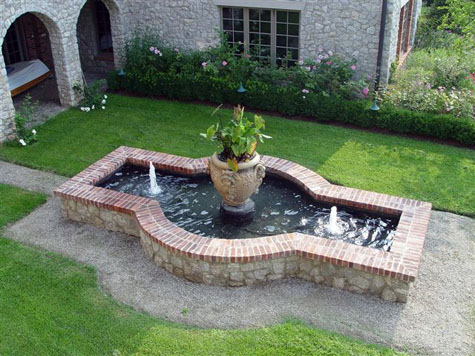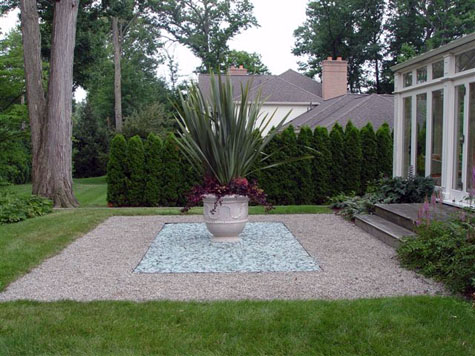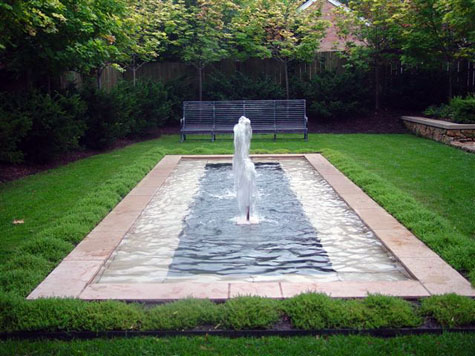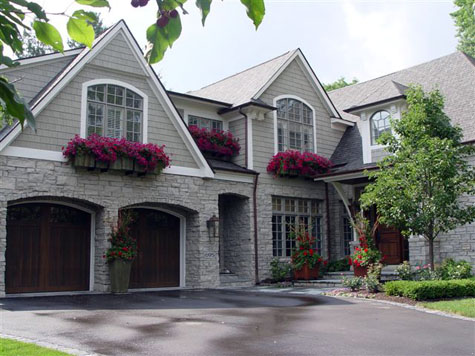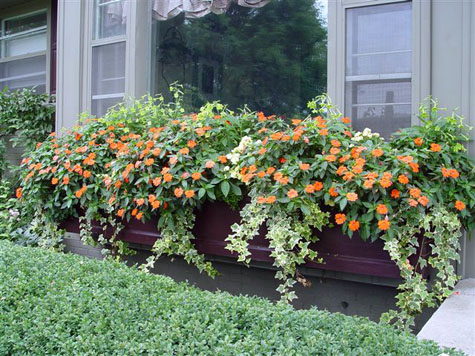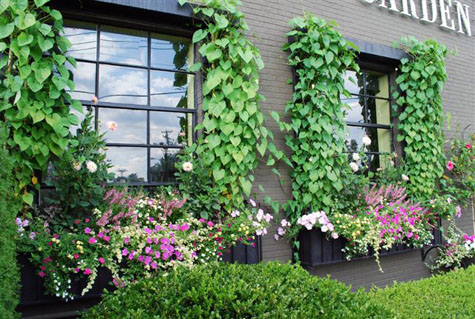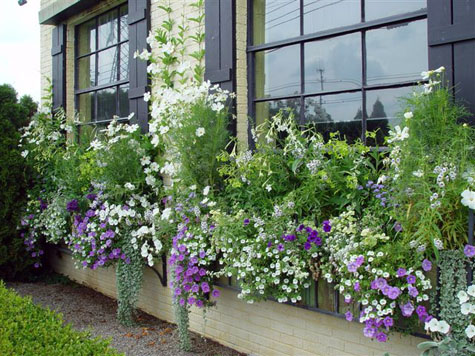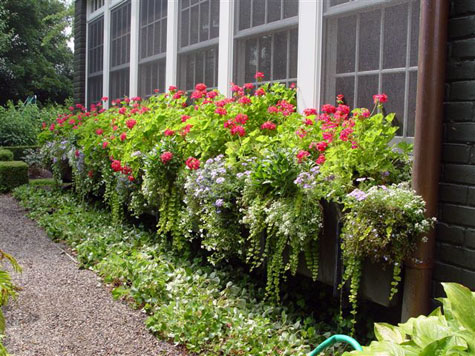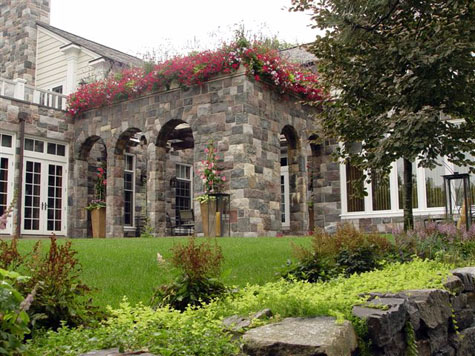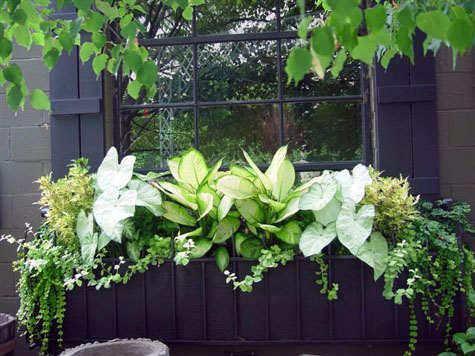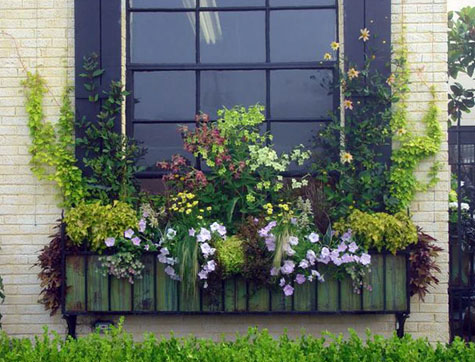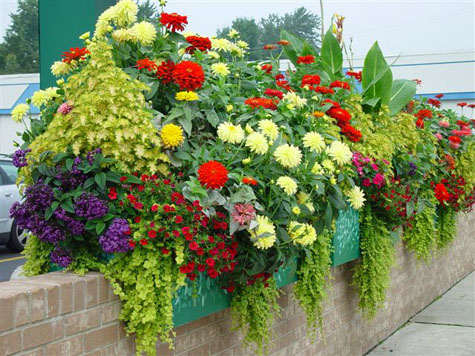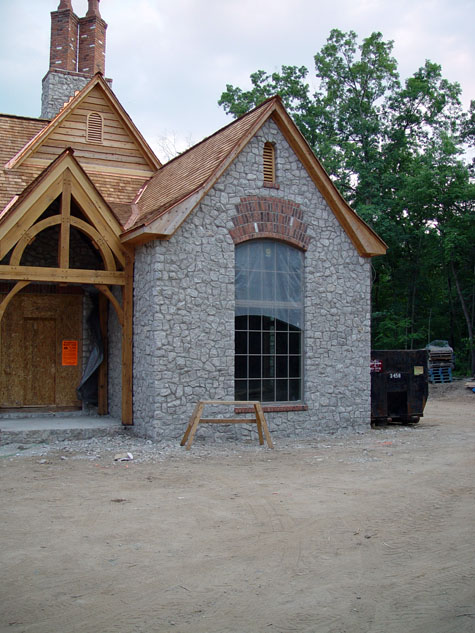
Having designed and built landscapes for many new homes, I can safely say I would never want to build a house myself. Its a special person who can deal with all the decisions, delays, snafus and unpleasant surprises. You have to be a person who loves a process that involves a lot of people and circumstances over which you have no control. The landscape process I have infinite patience for, as anything in the natural world gets my attention and respect. But landscape for a new house can be tough. Would that my work could be first up in the project, rather than last.

The contractors have driven over every square inch of soil, turning it into an airless, concrete like mass. Mortar, and other debris has been dumped everywhere. Clients are ready for a project to be finished, as well they should. They are ready to move in and live. They are tired of the commotion, the demands on their time, the dirt and the dust.
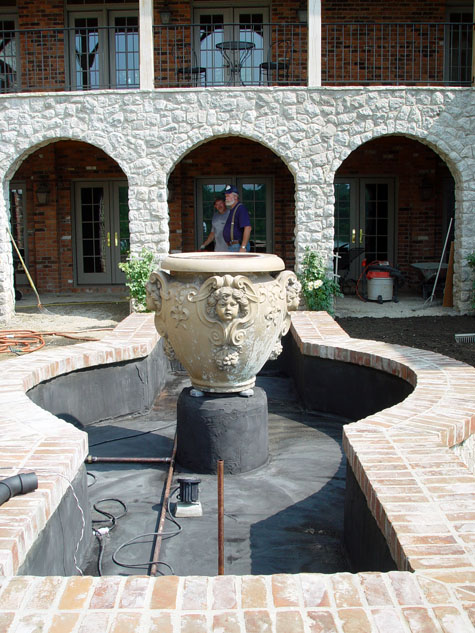
There is a lot of work that goes into any new landscape construction; it can be years before a new landscape settles down, and looks entrenched. A garden feature, such as a fountain, has a definable construction start and finish, but no landscape or garden is ever finished. A landscape I would define as a “big fluid situation”. Try describing a big fluid situation to a client who is over the construction phase; I do my best.

New grass has that patchwork look. There are more spaces than plants, when plants are spaced properly. Big pieces of ground need shaping. There are so many details in a very large space-what person’s living room is larger than their yard? The sheer square footage is daunting.

It has always interested me that a new house is attractive in its “newness”. But a landscape is always asking for some age, some maturity. I own a “mature” house-it seems like it always needs something; the age of my house is not always a big plus. Large landscape materials can add scale instantly, but big material moves slowly. A large tree may take years to really root in after it is moved. Smaller material takes hold faster. There really is no substitute for time in a garden.
 Landscapes can be phased-not everything needs to be done at once. Doing everything in one fell swoop doesn’t give the space time to talk back to you. I’d rather grass a lot, and subtract grass as is seems appropriate. We seeded this steep slope with a carefree fescue mix that is drought tolerant and fairly short growing, so its needs mowing but once or twice a season. When the time comes for some other arrangement, we’ll cut into the grass.
Landscapes can be phased-not everything needs to be done at once. Doing everything in one fell swoop doesn’t give the space time to talk back to you. I’d rather grass a lot, and subtract grass as is seems appropriate. We seeded this steep slope with a carefree fescue mix that is drought tolerant and fairly short growing, so its needs mowing but once or twice a season. When the time comes for some other arrangement, we’ll cut into the grass.


Perennials need space to grow, so they are not instantly on top of each other. This newly planted perennial garden was augmented with big growing annuals its first season.�

A few seasons later, lovely.
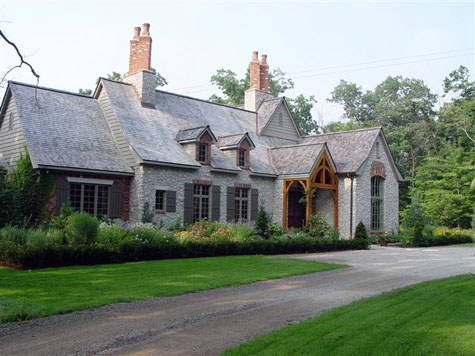
This landscape is starting to get good, some three years after planting. It will get better, given my client’s care of it. He has fortitude, and lots of patience. He still calls me for help; this is the mark of a successful new construction project.



